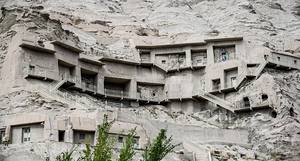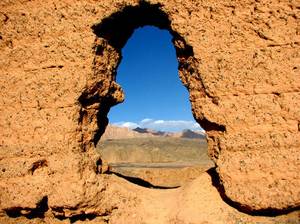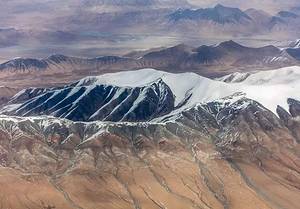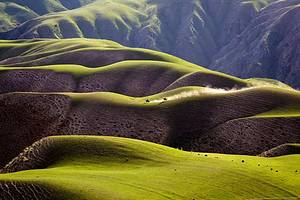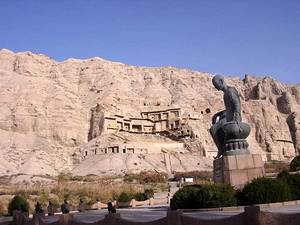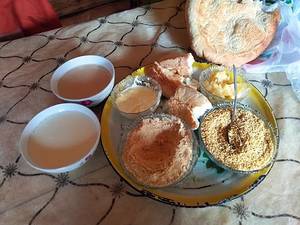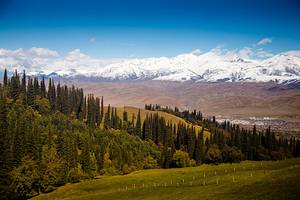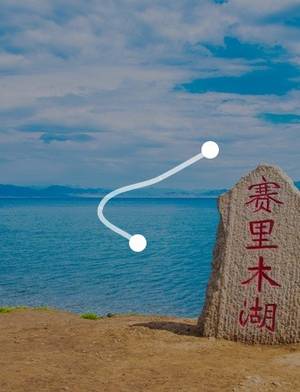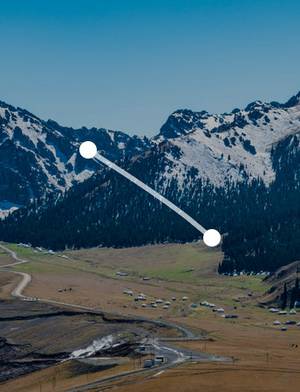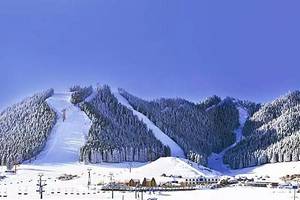Kizil Thousand Buddha Caves, A Sanctuary of Ancient Buddhist Art
50 meters south of the Kezi Tourism Expressway, Baicheng County, Aksu Prefecture, Xinjiang Uygur Autonomous Region
4.9
Introduction
The Kizil Thousand-Buddha Caves are located about 7km southeast of Kezi'er Township in Baicheng County, approximately 70km from Kuche County. Its construction date can be traced back to the 3rd-4th century AD (or earlier), and reached its peak in the 6th-7th century AD, with a long history even older than the famous Mogao Caves (carved in 366 AD).
There are 236 numbered caves in the Thousand-Buddha Caves, of which 135 are relatively well-preserved. It is renowned as an "art treasure trove", with beautiful and famous frescoes, representing one of the Gaochang Caves. However, due to the long passage of time, as well as the opposition of Islam to individual worship and the destruction of frescoes in history, and the looting of western explorers in the late 19th and early 20th centuries, the Kizil Thousand-Buddha Caves have suffered serious damage, and only remnants can be seen. But these remnants still amaze people with their exquisite art.
For the purpose of protection, only some of the caves are open to visitors, and backpacks and cameras are not allowed inside. After visiting the caves, it is also worth seeing the nearby Qianlei Spring. Address 50 meters south of the Kezi Tourism Expressway, Baicheng County, Aksu Prefecture, Xinjiang Uygur Autonomous Region
Opening hours 09:00-19:00 (all day)
last entry at 19:00 (Monday-Sunday from January 1 to December 31).
 The grotto is like a secluded Buddha
The grotto is like a secluded Buddha